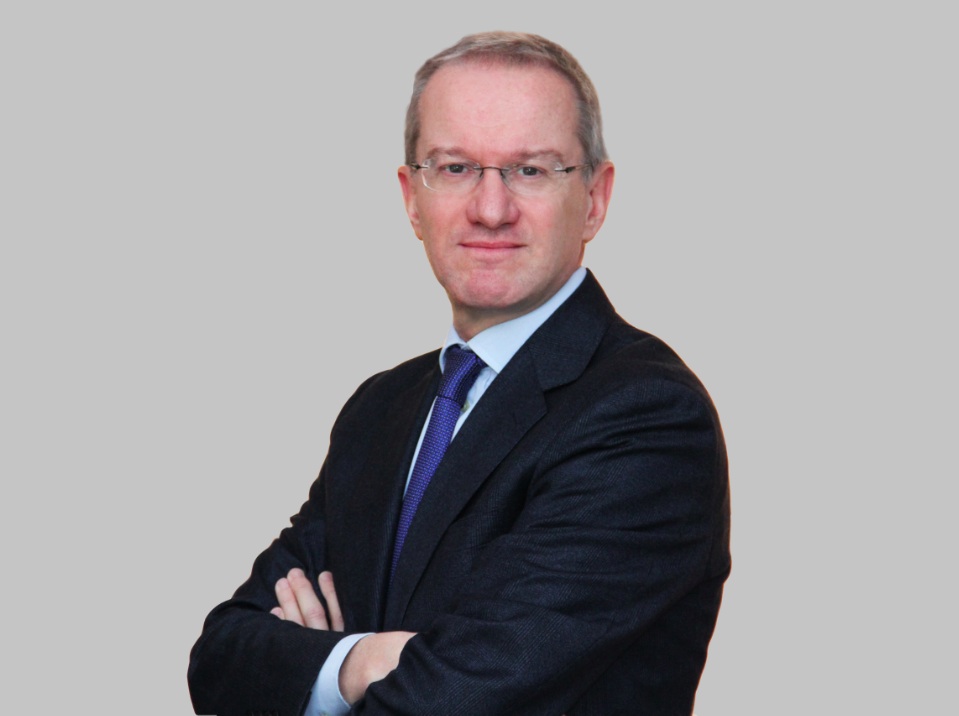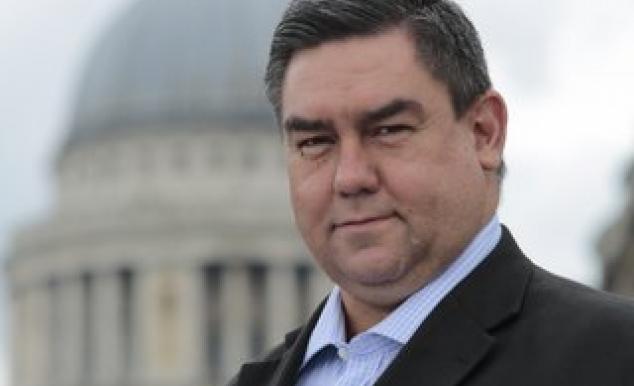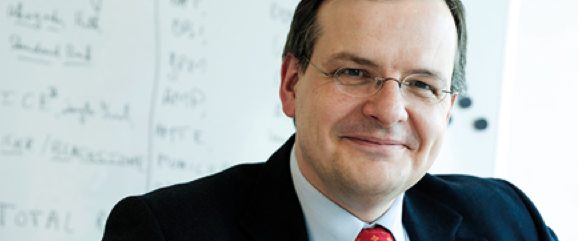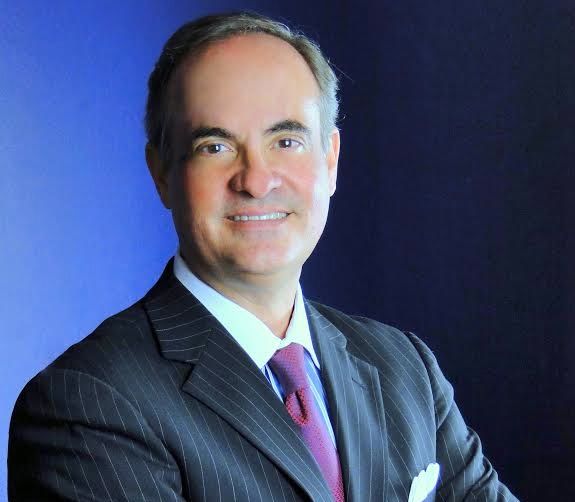Low growth and competitive disruption have prompted companies to pursue higher-risk approaches to growth than in the past, according to the tenth edition of the EY Global Capital Confidence Barometer. Although only 29% of companies are planning to pursue an acquisition in the next twelve months, down from 41% six months ago, executives’ broader confidence in the US economy and their strong deal pipelines suggest they are setting the stage for inorganic growth.
Findings from the study indicate an improving level of economic confidence. Two-thirds (66%) of executives believe the US economy is improving, up from 48% six months ago. Moreover, 29% of companies expect their deal pipelines to increase in the next 12 months, and 53% expect US deal volumes to improve. Most notably, 70% of executives cite increased confidence in corporate earnings, up from 38% six months ago and the highest level in five years.
“Companies have weathered a prolonged period of uncertainty and their primary focus was on deleveraging, and cutting costs,” said Richard Jeanneret, EY Americas Vice Chair, Transaction Advisory Services. “However, we are now finding that more companies are shifting their focus to raising capital and optimizing performance to prepare for future growth.”
Forty-nine percent of companies are now focused on optimizing capital, suggesting that executives are cleaning house and getting ready to grow in a low-growth environment. “Companies are ‘kicking the tires’ on potential acquisitions, and they have concluded that the inorganic growth they require will demand more preparatory work,” said Jeanneret. “While debt-to-capital ratios have remained stable over the last year, 31% of companies’ debt-to-capital ratios are expected to increase as companies take advantage of favorable debt markets to optimize their balance sheets for the future. With stabilized capital structures, companies are preparing for the next wave of investment.”
US companies have long indicated in the Barometer that credit is broadly available to them, and global credit is currently at an all-time high, but executives now report a growing willingness to add leverage to their balance sheets, which could imply growth in deal activity over the medium to long term.
Shareholder Activism Shaping Boardroom Agenda
In the US, shareholder activism has become nearly ubiquitous. This trend and pressure to reduce costs and put companies’ stockpiles of cash to work could trigger the next wave of M&A. “Companies are facing pressure to grow and create value – and true valuation models are returning. To be strategic, there needs to be more capital deployment and activists are watching this,” said Jeanneret. “Even companies that have not yet been subject to shareholder activism are preparing now for any future activity.”
In the survey, 96% of executives say issues have been elevated due to shareholder activism. Fifty- one percent of US boardrooms elevated cost reduction, 31% share buybacks, and 26% dividend payments. In addition, some executives have elevated more transformational tactics for consideration including 21% who selected divestments, 11% selected acquisitions and 10% selected spinoffs or IPOs.
Growing in a Slow Growth Environment
Companies and boards are pursuing parallel priorities, working to find the right balance between growth strategies and cost reduction. In striking this balance, US executives also report closer scrutiny on cost structures and operational efficiency is now the norm. The result of this is a model that could help drive M&A activity and cost synergies as companies seek out new growth opportunities.
“Divestments may be on the upswing as there is a particular interest from companies in shaking up product and service offerings, focusing less on core offerings and more on updating the product mix or finding the gaps in offerings,” said Jeanneret. “This focus on higher-risk organic growth strategies may indicate increased interest in inorganic growth as internal opportunities are fully exploited.”
Twenty-eight percent of executives also cite that looking ahead over the next 6 to 12 months; emerging markets continue to present some of the greatest risks to their business as they contract due to both political instability and slowing growth. However, plans to grow in emerging markets are not thwarted, as the survey shows 75% of US investment capital over the next year is expected to go to BRIC and non-BRIC emerging markets with the greater proportion of that total earmarked for India, China and Brazil.
The Future of Work
In the US specifically, there are several trends that are converging to shape business and acquisition strategies. When asked which trend could have the greatest impact over the next year, executives cited a trend they are calling “the future of work.” Sixty-four percent said that lack of skill, competition for talent, and changing employer–employee obligations will greatly affect business strategies. This trend is largely brought on by digital transformation – for example big data and cloud technologies — as well as global rebalancing due to the growing middle class.
In C-suites across the US, memories are long and dealmakers have been wary to pursue deals until they see evidence of a full-blown economic recovery. Executives are setting the stage for growth, driven by the uptick in economic confidence, the tapering of equity markets preparing interest rates to rise and bring valuations in, a moderating stock market, and relative stability in Washington DC.
“If we examine each of the three elements necessary for an active M&A environment – credit, cash and confidence – credit and cash have been prevalent for a while now, but it’s the confidence we’ve been lacking. There is no one single factor underpinning deal flow. Rather, dealmaking will be determined by the convergence of valuation gaps contracting, improved fundamentals, and economic confidence that will intensify the drive towards M&A. In our new post-crisis environment, a comeback in the deal markets may be protracted. But whenever it arrives, US corporates will be ready for it,” concluded Jeanneret.









